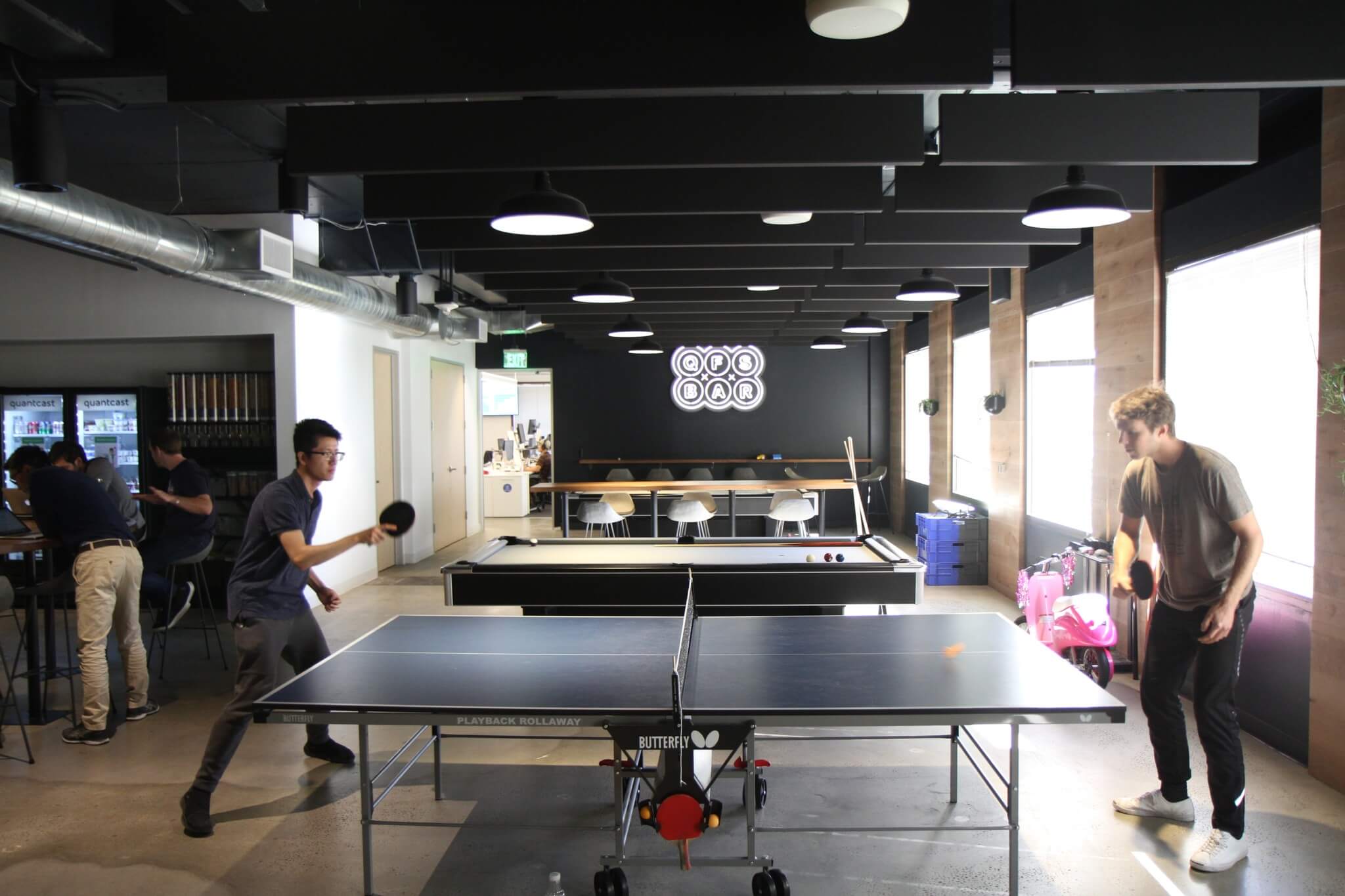Engineering Scale & Transport
The Scale & Transport team allows Quantcast engineering to process peta-scale data cost effectively and ergonomically.
Our team owns Quantcast’s peta-scale data processing (20+ PB processed daily), its data transport system (100+ TB transferred daily), and its real time event collection system (250K requests/second).
We also own the QFS open source project.
Some crazy numbers

Production Direction
Our team is made up of strong distributed computing experts. We have a number of advanced degree holders and seasoned systems engineers. We know systems at a low level, and leverage algorithms, data structures, and distributed computing expertise to produce performance and reduce cost at scale.
Because of our data scale, our team runs into real theoretical computer science problems from time to time. We invented a data structure to help detect dropped and duplicate messages, for instance. We also run at such a large scale that performance improvements can save literal millions of dollars, which gives us plenty of meaty problems to work on.
Right now we’re investigating how to bring our performance and scale advantages into the modern world of Spark. We’re also investigating moving some of our batch computation into realtime. Both of these are challenging because of how cost-effective our existing infrastructure is.
See What Our Engineers Work On

Culture
Being new to the team is always going to be like drinking from a firehose; our systems are huge and custom and there are a whole lot of them. We do have a 24×7 on call that rotates through each team member. You’ll expect to be on call one week a month. However, we work hard to make sure that you have a healthy work-life balance. Team members rarely work more than 40 hour weeks. People get into work 11:30am if they want and encourage people to use their vacation time. People are more productive if they work less.
Quantcast as a company, is highly engaged and social. Everyone is encouraged to be themselves at work. Individual contributors affect the company in big ways. Our annual company-wide hackathon, Quantathon, produces projects that change the way the company works every year. Our leaderships team is motivated, passionate, engaged, and approachable.

